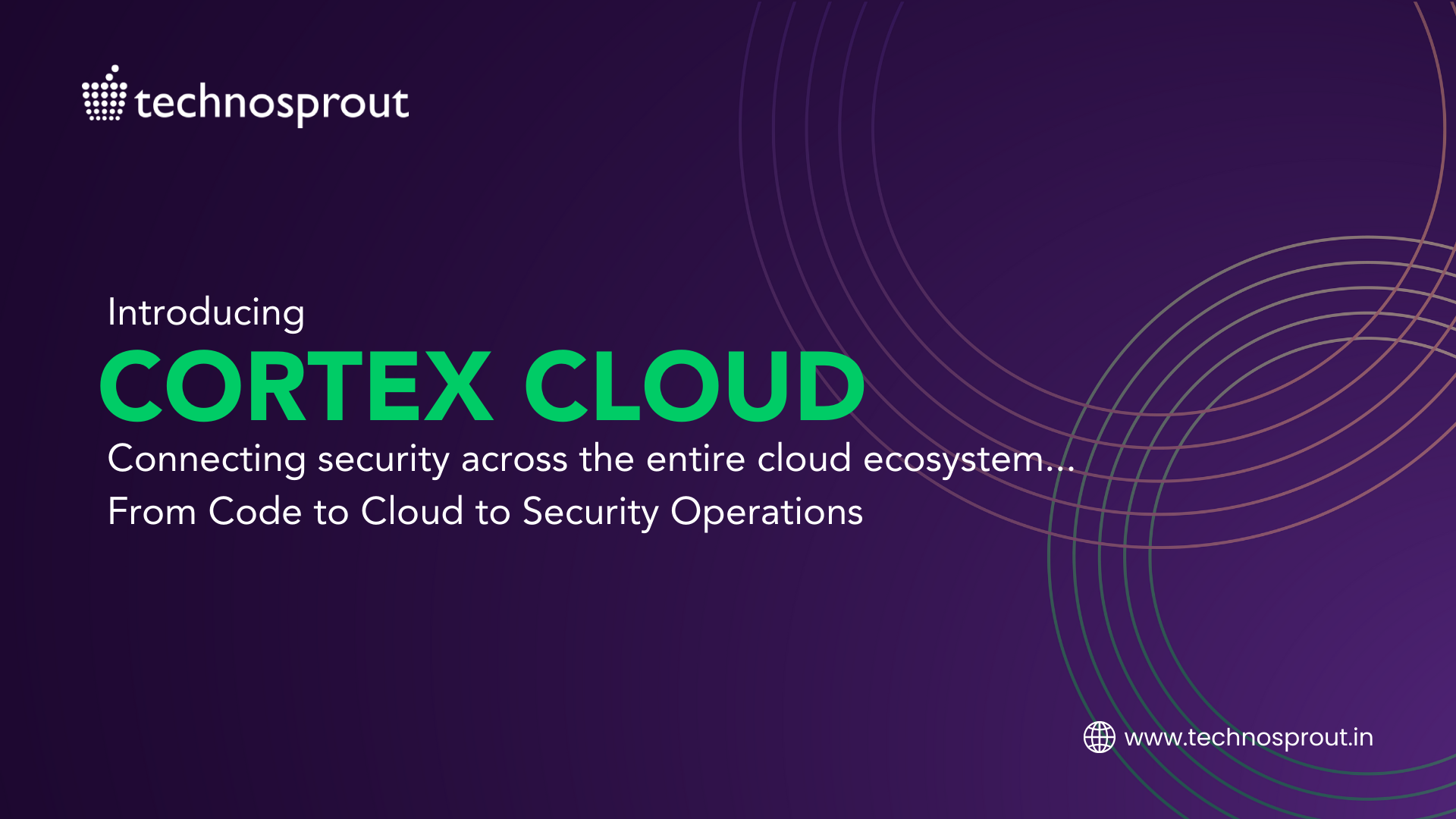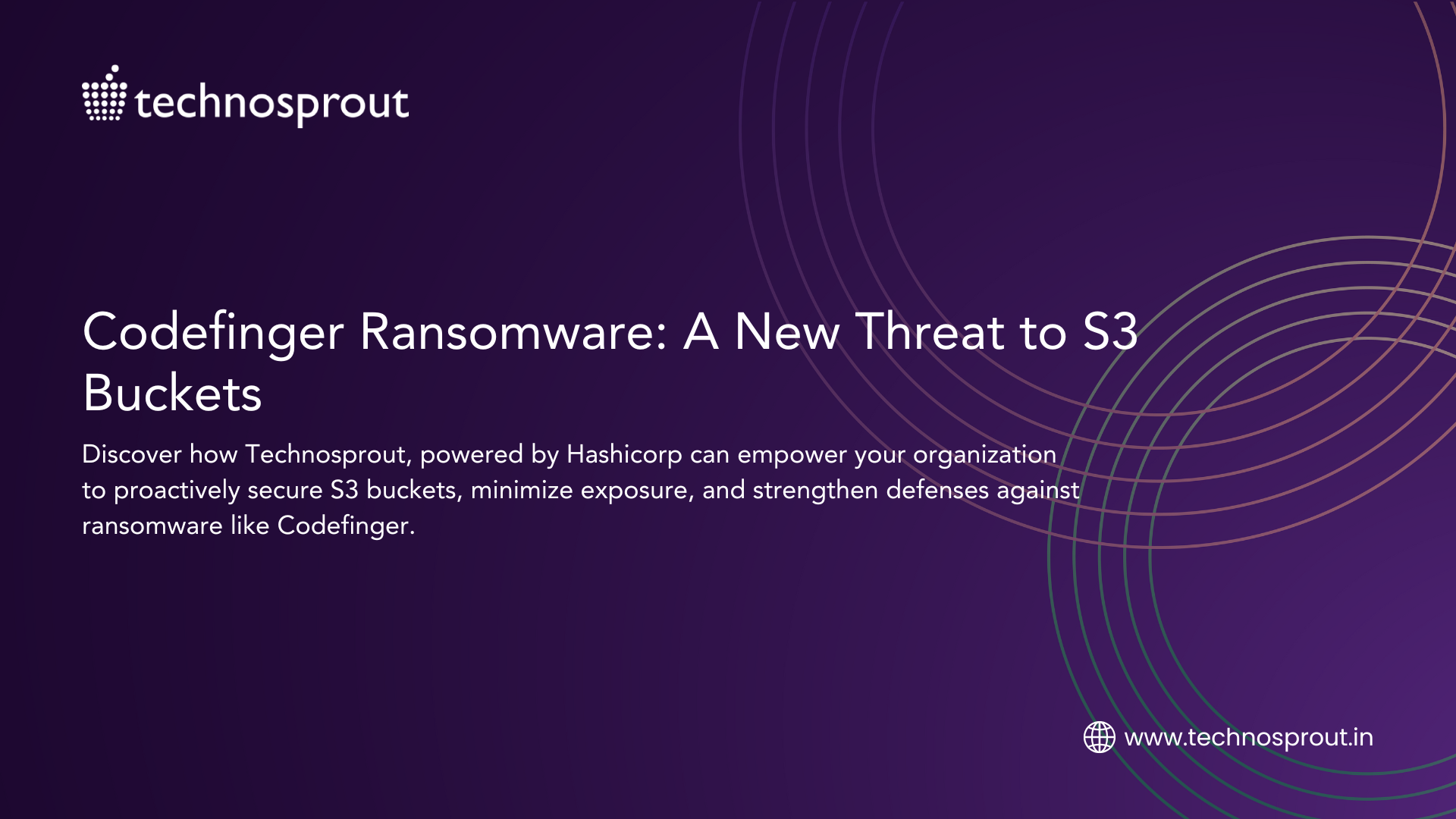In today’s fast-paced and ever-evolving digital landscape, organizations face a unique set of challenges when it comes to securing their IT infrastructure. No two organizations are alike, with differing structures, geographic spread, local regulatory requirements, and varied technology ecosystems. IT security, therefore, demands flexible, highly customizable solutions capable of addressing these diverse needs. Among these, identity security—focused on managing user and device access rights—stands out as a vital element. It requires tools that can adapt to complex environments while staying ahead of evolving cyber threats.
The importance of identity security becomes especially clear as traditional perimeter-based defenses grow obsolete. With the rise of cloud computing, mobile devices, and remote work, the once-clear boundaries of corporate networks have dissolved. Now, users and devices access sensitive data from virtually anywhere, making it crucial for identity security solutions to offer dynamic, granular, and context-aware management. These solutions must be able to consider variables like the user’s location, device, behavior, and risk level when determining access rights.
The Growing Threat Landscape
Cyberattacks have become increasingly sophisticated, particularly those targeting user credentials and access rights. According to Verizon’s 2024 Data Breach Investigations Report (DBIR), human involvement accounts for 76% of all breaches, primarily through methods like privilege misuse, stolen credentials, social engineering, and user error. This data underscores that three of the most common attack methods are tied directly to compromised identities. Cybercriminals no longer need to “hack” into systems; instead, they simply log in using stolen or weak credentials through tactics such as phishing, password spraying, or brute force attacks.
Given this growing threat landscape, identity security must play a proactive role in defending organizations. Advanced capabilities like security-first access management, intelligent privilege controls, and adaptive identity governance are essential to preventing these types of attacks. Yet the intricacies of identity security can create challenges for defenders, demanding a high level of expertise and experience to configure and maintain these solutions effectively.
Avoiding Oversimplified Solutions
One of the most common pitfalls when implementing identity security is the temptation to opt for simplified, piecemeal solutions. Organizations may look for cheaper alternatives that address only the basic needs without requiring much customization or integration. However, these disjointed solutions often create gaps in security and leave blind spots that attackers can exploit.
A fragmented approach leads to inconsistent security policies across different platforms and users, and it can increase the likelihood of misconfigurations or vulnerabilities. For example, an endpoint least-privilege solution that lacks adaptive multi-factor authentication (MFA) may allow attackers to bypass security protocols using stolen credentials. Similarly, systems that don’t properly manage privileged access or lack flexible identity governance and administration (IGA) risk creating over-privileged users, exposing the organization to insider threats or lateral movement by attackers.
An effective analogy is that implementing identity security is like driving a high-performance car on a racetrack. Just as a race car requires precise control and the right tools to perform optimally, an organization’s identity security demands granular control and adaptability to respond to an ever-changing cyber threat landscape. Relying on a simplistic, “automatic transmission” approach to security might be convenient, but it will fall short in high-stakes situations, just as it would on a racetrack.
Templatize to Simplify Complex Identity Security
While the complexity of identity security can be daunting, built-in frameworks and templates offer a strategic path forward. These pre-configured policies provide guidance and best practices, helping organizations improve their security posture without having to build everything from scratch. Such templates/policies often cover common scenarios, such as password management, least-privilege enforcement, access control, and session monitoring. By leveraging these templates, organizations can streamline the implementation process and avoid the common pitfalls of manual configurations, reducing both time and risk.
The Manual Transmission Advantage
Returning to the analogy of a race car, embracing the complexities of identity security can be likened to mastering a manual transmission in a world dominated by automatic cars. While it may seem challenging at first, the precision and control it offers ultimately make the effort worthwhile. Organizations that invest in comprehensive, well-integrated identity security solutions are better positioned to defend against sophisticated attacks, as they have the flexibility to adapt and evolve with the threat landscape.
Ultimately, oversimplified solutions may offer short-term convenience, but they fall short in addressing the full spectrum of security needs in today’s world. By contrast, investing in robust identity security solutions that incorporate granular control, built-in frameworks, and adaptive intelligence can provide long-term protection, preventing security breaches and safeguarding sensitive data.
How can Technosprout help you secure your Identitity?
Identity security is no longer just an optional component of IT infrastructure; it is a critical necessity in today’s threat landscape. As organizations continue to expand their digital footprints and face increasingly sophisticated cyber threats, they must adopt identity security solutions that offer both flexibility and depth. Simplified, patchwork approaches will only create vulnerabilities, leaving organizations exposed to avoidable risks.
By leveraging advanced identity governance, intelligent privilege controls, and built-in frameworks, businesses can embrace the complexity of identity security without getting overwhelmed. This approach ensures they have the tools and controls necessary to navigate the digital racetrack with confidence, precision, and adaptability.
In the end, mastering the complexities of identity security may feel like learning to drive a stick shift, but the enhanced control it offers will lead to a more secure, resilient organization.
Embrace this holistic approach with Technosprout to identity security to ensure your organization can perform confidently. By strengthening your own company’s safety net, you protect not only your data but also the trust and confidence of your customers. Implement these strategies to stay agile and secure in a world where the stakes are as high as the rewards.
Amidst a myriad of MSSP options in the market, why opt for Technosprout? How can we help? What sets us apart?
Achieving cyber confidence begins with a solid strategy and governance. Technosprout leverages an “Assess, Design, Implement and Manage” four-pronged approach that leads organizations methodically through business transformation throughout the lifecycle.
Our managed security services provide customized, comprehensive solutions, addressing specific business needs strategically along with the best certified experts and an experience of 7+ years in the market.
Don’t let your organization be the next target. Empower your organization and secure your Identities. We help implement and manage your Identity Security Game with CyberArk for complete risk mitigation. Strengthen your Identity with CyberArk Identity Access Management solutions and Technosprout Managed Services.





